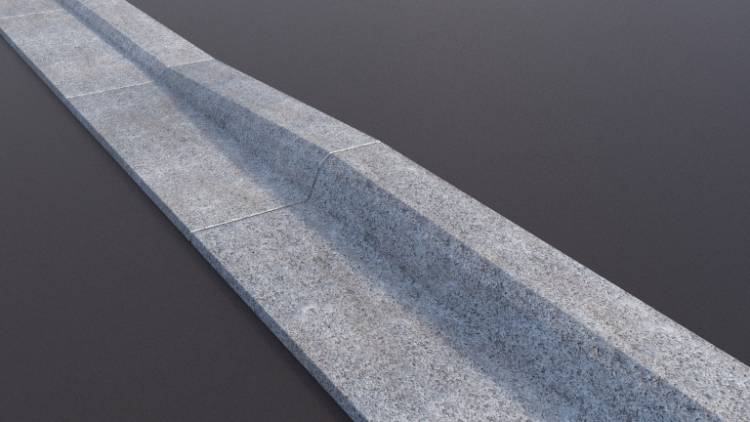Concrete curbs and gutters play a crucial role in urban infrastructure, providing effective drainage, managing stormwater, and enhancing road safety. These elements are essential components of roadways, parking lots, and residential areas. In this comprehensive guide, we will explore everything you need to know about concrete curbs and gutters, including their functions, types, installation process, maintenance requirements, and benefits. Understanding the importance of curbs and gutters and their proper design and construction is vital for engineers, contractors, and anyone involved in urban development projects.
Functions of Concrete Curbs and Gutters
Concrete curbs and gutters serve several important functions. They provide a physical barrier between the roadway and adjacent surfaces, such as sidewalks and landscaped areas, ensuring safety for pedestrians and preventing vehicles from encroaching on non-traffic areas. Additionally, curbs and gutters help to manage stormwater runoff by directing it into the drainage system, preventing erosion and flooding. They also assist in maintaining the structural integrity of roadways by reducing the lateral movement of the pavement and controlling the flow of water along the edges.
Types of Concrete Curbs and Gutters
There are various types of concrete curbs and gutters available, each designed to suit specific project requirements. Common types include barrier curbs, mountable curbs, rolled curbs, and integral curbs. Barrier curbs are taller and provide a significant separation between the road and adjacent surfaces, while mountable curbs have a lower profile, allowing vehicles to cross them more easily. Rolled curbs have a smooth transition from the road to the curb, providing improved accessibility. Integral curbs cast as part of the pavement, resulting in a seamless design.
Installation Process
The installation of concrete curbs and gutters involves several steps. First, the site is prepared by excavating the area and establishing the alignment and grade of the curbs and gutters. Forms are then set up along the designated path, ensuring the proper shape and dimensions. Reinforcement, such as steel bars, may be added to enhance the strength and durability of the curbs and gutters. Once the forms are in place, concrete is poured and consolidated, ensuring uniformity and proper curing. After the concrete has hardened, the forms are removed, and finishing touches are applied, such as texturing or adding joint lines.
Maintenance and Benefits
Regular maintenance is essential to preserve the functionality and appearance of concrete curbs and gutters. This includes periodic inspections, cleaning of debris and sediment, and repairs of any damage or deterioration. Proper maintenance helps ensure efficient drainage, prevents the growth of vegetation, and extends the lifespan of curbs and gutters. The benefits of concrete curb and gutters include improved road safety, effective stormwater management. Reduced erosion, enhanced aesthetic appeal, and increased property value. They also contribute to the overall durability and longevity of roadways and residential areas.
Conclusion
Concrete curbs and gutter are vital components of urban infrastructure, serving various functions and providing numerous benefits. Understanding their functions, different types, installation process, and maintenance requirements is crucial for successful road construction and urban development projects. Properly designed and constructed curbs and gutters contribute to road safety. Efficient stormwater management, and the overall aesthetic appeal of the surrounding areas. By incorporating high-quality concrete curbs and gutters into our urban landscapes, we can create safer, more functional, and visually appealing communities.

